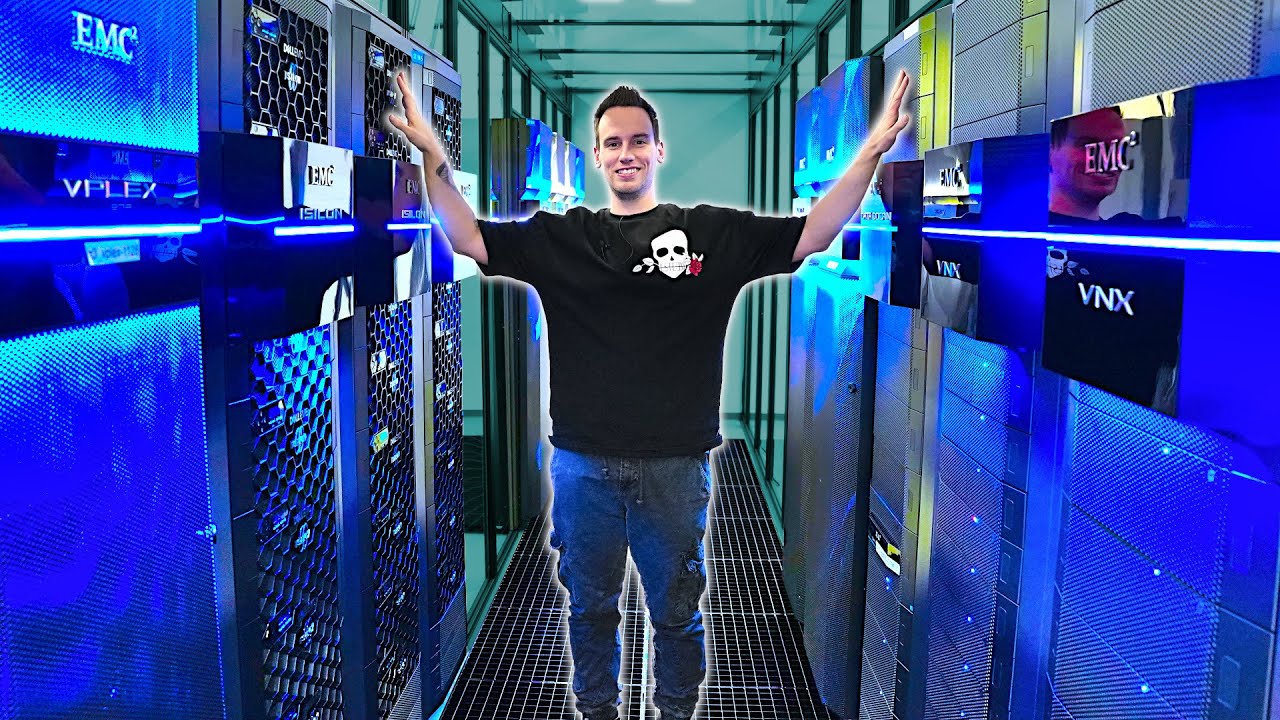Dr. Oetker is a large multinational company headquartered in Bielefeld, Germany with a portfolio of food-related products including frozen pizza, cake mixes, pudding, and baking powder and investments in other industries, mostly in Europe, with annual revenue around €10 billion. OEDIV (Oetker Daten- und Informationsverarbeitung KG) began as the internal IT department of Dr. Oetker and was spun off in 1995 as a separate division providing data processing services to external clients as well as the parent company. It was one of SAP’s first customers, and specialises in SAP cloud services.
OEDIV now operates two separate data centres in Bielefeld, providing fully redundant, high-availability computing services based upon IBM Power System servers, IBM Z-series mainframes, and x86 systems on Cisco blade servers. The data centres are exemplars of high availability, with full redundancy for power, cooling, network connectivity, fire and smoke detection and suppression, computing and storage, and disaster backup, with each data centre backing up the other’s storage in an automated LTO tape library.
In this video, derBauer tours one centre, showing what it takes to add all of those nines to your uptime goal. A forthcoming video will examine the server hardware in more detail.
I have never before encountered the concept of reducing oxygen levels (“hypoxic air technology”) in equipment rooms to below that which will sustain an open fire.
